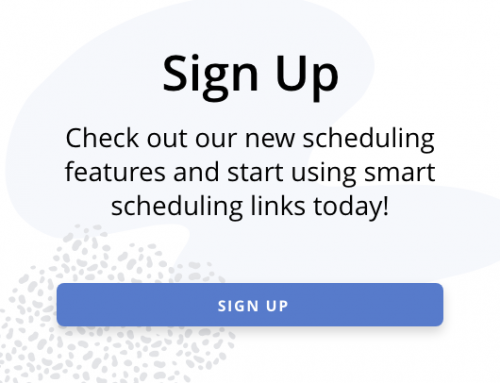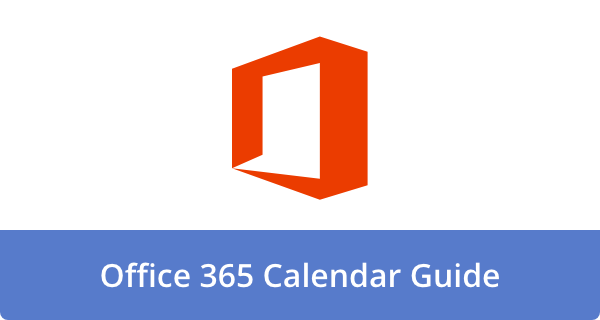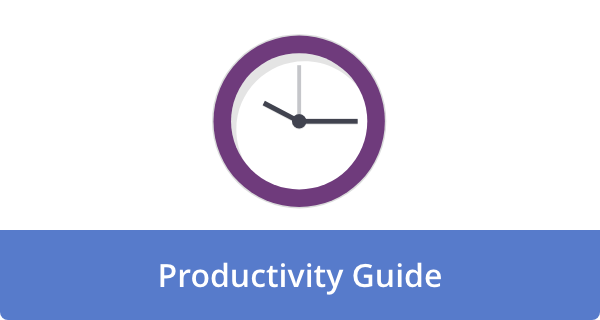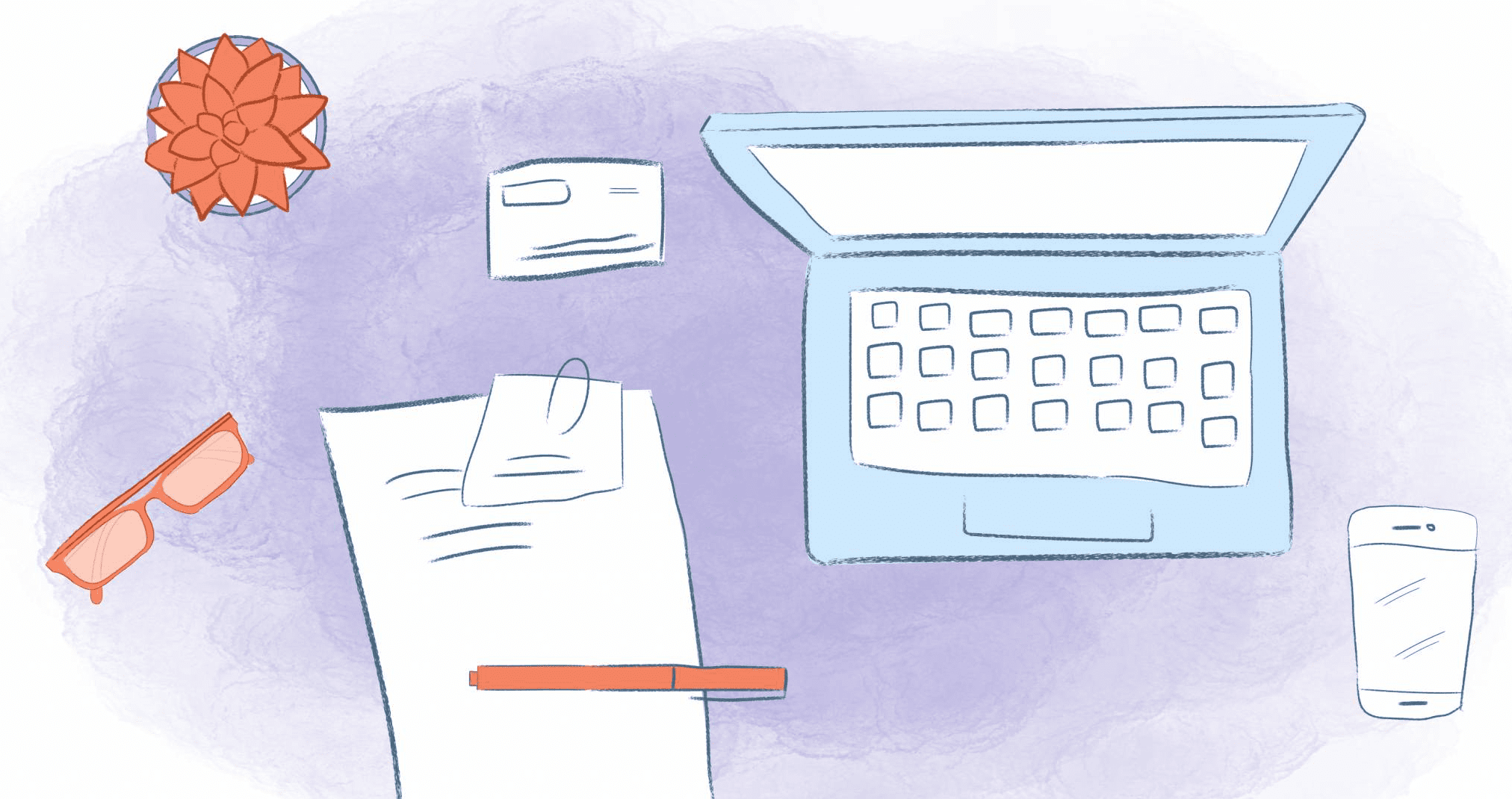

While the start of the school year can be stressful, early spring can be incredibly challenging for teachers. With longer days and warmer temperatures, students become restless as summer approaches. What’s more, state testing season is just around the corner. To say the least, maintaining your own well-being while having to balance lesson planning, grading, and test preparation can be demanding.
The good news is that you can use strategic time management techniques to keep your students engaged, on track, and less overwhelmed.
Prioritize and Plan Ahead: Setting Your Compass
Imagine driving to a new destination without your GPS. During the frantic period leading up to state tests and exams, teaching without a solid plan feels like that.
- Identify key learning goals: Finding your North Star. Let’s stick to the essentials rather than trying to cram everything in. Before testing, what are the core concepts your students must understand? It’s like packing for a trip: you can’t take everything, so prioritize what you need.
- Create a weekly overview: Your roadmap. Spend Sunday evening planning your week. What are your daily objectives? How will you fit test preparation into your schedule? Are there any assignments that need to be graded? By seeing the big picture, you can avoid feeling overwhelmed.
- Batch similar tasks: Streamlining your workflow. Have you ever graded papers in between teaching lessons? It can lead to chaos. Instead, schedule dedicated blocks of time for similar tasks. For example, you could grade on Monday afternoons and plan lessons on Wednesday mornings. As a result, mental switching costs are reduced, and productivity is increased.
Streamline Test Preparation: Making Learning Engaging, Not Dreadful
It doesn’t have to be a soul-crushing experience for you or your students to prepare for state testing. Instead, it should be meaningful and engaging by;
- Spiral review: Weaving learning into daily routines. Consider incorporating test prep into your everyday routine rather than dedicating entire lessons to it. For reinforcement, use warm-ups, exit tickets, or quick quizzes. As a result, the material remains fresh without feeling repetitive. It’s like seasoning a dish — a little goes a long way.
- Gamify learning: Turning prep into play. Who says test prep can’t be fun? Create your own Jeopardy-style review games with platforms like Kahoot!, Quizizz, or create your own Jeopardy-style review games. Your students will be so engaged that they won’t even know they’re learning. It’s like hiding vegetables in a smoothie — they get the nutrients while enjoying the taste!
- Focus on skills, not just content: Empower your students. You can teach your students test-taking strategies such as time management, elimination methods, and annotating passages. Not only will these skills boost their confidence, but they will also be useful beyond the test. Rather than just giving them answers, it’s like a toolbox for lifelong learning.
Manage Classroom Energy Levels: Taming the Spring Fever
During the warmer months, student energy levels can increase, or “enthusiastic.” To use this to your advantage, consider the following;
- Use movement-based learning: Channel their energy. Organize activities that engage students in movement. For example, a scavenger hunt, interactive group work, or just standing up for certain tasks can channel their restless energy into productive learning. It’s like letting a puppy run around the yard—they’ll be calmer afterwards.
- Set clear expectations: Maintaining structure. Consider revising your classroom rules and expectations. After all, it’s easier for students to stay focused in a structured environment and prevent chaos. In the same way, setting boundaries keeps things organized and thriving in soccer; it keeps things on track.
- Offer brain breaks: Refreshing the mind. A short, structured break can help students refocus. Consider stretching, mindfulness exercises, or quiet time for a few minutes. It’s like hitting the reset button on their brains.
Utilize Technology and Resources: Working Smarter, Not Harder
Lesson planning can be simplified, and content can be delivered more effectively with tools such as interactive whiteboards, learning management systems, and educational apps. In addition to providing real-time feedback and analytics, these technologies allow you to adjust your teaching strategies as students progress. Furthermore, digital platforms make it easier to manage group projects and maintain student engagement by facilitating communication and collaboration.
- Self-grading quizzes: Automating the tedious. You can automate grading with tools like Google Forms, Quizizz, or EdPuzzle. As a result, you can devote more time to more critical tasks, such as teaching lessons.
- Pre-made lesson resources: Leveraging existing materials. It’s not necessary to reinvent the wheel. Instead, supplement your lessons with online platforms like Teachers Pay Teachers, Khan Academy, or PBS LearningMedia. You can find a wealth of resources, so take advantage of them.
- Digital planning tools: Organizing your life. With apps like Calendar, Trello, Evernote, and Google Keep, you can schedule meetings, organize tasks, plan lessons, and even keep a grocery list. Regardless, you should find a system that works for you and stick with it.
Set Boundaries to Avoid Burnout: Protecting Your Well-Being
Teaching is a demanding profession, especially during this time of year. Setting clear boundaries, however, can help educators manage their time more effectively and avoid overcommitting to tasks that can lead to exhaustion and stress. Limiting work hours and commitments can also help teachers maintain mental health by allowing time for personal activities and self-care.
- Establish a cutoff time: Turning off the teacher’s brain. Set firm working hours and adhere to them. Further, you should avoid checking your emails or grading papers late at night. Remember, you deserve your rest.
- Say no when necessary: Prioritizing your time. It’s okay to decline extra responsibilities. Specifically, you should not feel pressured to do more than you can handle. After all, it’s equally vital for you to take care of yourself as it is for your students.
- Schedule personal time to Recharge your batteries. Relaxation, exercise, and hobbies should be incorporated into your daily schedule. Whether it’s just 30 minutes daily, prioritize activities that will recharge you. Like filling up your gas tank, you can’t run on empty.
Plan for a Smooth Return from Spring Break: Setting the Stage for Success
Spring break is a much-needed respite for both you and your students. However, if you plan ahead, you will have an easier time returning.
- Plan the first week back: Avoid the post-break slump. Before you leave for break, outline your key activities and review the lessons for the first week back. This will prevent you from starting from square one.
- Set student expectations early: Maintain consistency. Be sure to let your students know what they can expect after the break. This will maintain accountability and consistency.
- Give yourself grace: Adjusting takes time. It may take you time to re-adjust after a break. So, be patient with yourself and your students.
Conclusion: Thriving Amid the Madness
Despite the whirlwind of early spring, navigating it confidently and finding moments of joy with intentional time management is possible. This season can be successful for you and your students if you prioritize, utilize technology, and protect your well-being.
Don’t forget that you’re more than a teacher; you’re a guide, a mentor, and a superhero disguised as a teacher. And even superheroes need to take care of themselves.
FAQs
I feel like I’m constantly working. How can I create a better work-life balance?
The importance of work-life balance for teacher well-being cannot be overstated. The key is to set boundaries and prioritize what matters, not to achieve perfect equilibrium.
- Set clear boundaries. Clearly define your working hours and follow them. Do not check your emails or grade papers on weekends or late at night. Parents and students should also be informed of these boundaries.
- Prioritize self-care. Make time for activities that recharge you, such as exercise, hobbies, or time spent with loved ones. Remember, you can’t pour from an empty cup.
- Learn to say “no.” While taking on every opportunity is tempting, saying “yes” to everything can lead to burnout. As such, select activities and committees carefully.
- Delegate when possible. Whenever possible, delegate tasks to parent or student leaders in your club.
Lesson planning takes up so much of my time. Are there any shortcuts?
You don’t have to spend hours planning lessons for it to be effective.
- Use a consistent template. Create a template that you can use for your lesson plans. By providing a structured framework, you will save time.
- Collaborate with colleagues. If you are in a department or grade level with other teachers, you can share lesson plans and resources with them.
- Utilize online resources. Lesson plans, activities, and resources can be found on websites like Teachers Pay Teachers, Khan Academy, and Common Sense Education.
- Batch planning. Each week, allocate a specific amount of time for planning multiple lessons at once. This reduces daily planning.
- Focus on essential objectives. For each lesson, identify the most important learning objectives. After all, there is no need to include every possible activity.
Grading piles up quickly. How can I manage the workload?
It can feel overwhelming to grade, but there are ways to simplify the process.
- Use rubrics. Assignments and assessments should be accompanied by clear rubrics, which will facilitate grading more quickly and consistently.
- Provide timely feedback. To avoid a backlog, grade assignments as soon as possible.
- Incorporate peer and self-assessment. Educate students on the importance of evaluating their own work and providing feedback to their peers.
- Focus on key areas. You don’t need to provide detailed feedback on every assignment. Instead, provide feedback on key learning objectives-aligned areas.
- Use technology. Using Google Classroom and other learning management systems can automate grading and provide instant feedback.
Meetings and administrative tasks are eating into my teaching time. What can I do?
You can minimize the time drain caused by administrative tasks by taking steps to mitigate their impact.
- Set time limits for meetings. Focus on short, focused meetings.
- Use a digital calendar. Keep a digital calendar for meetings, appointments, and deadlines to stay organized.
- Batch administrative tasks. Each week, set aside time to respond to emails and fill out forms.
- Delegate administrative tasks. Whenever possible, delegate administrative tasks to students or support staff.
- Advocate for efficient processes. Identify inefficiencies in administrative processes and advocate for changes that can reduce the workload.
I’m constantly interrupted by students, parents, and colleagues. How can I minimize distractions?
There are ways to create a more focused environment for teachers, even if interruptions are a common challenge.
- Establish clear communication protocols. Establish guidelines for when students, parents, and colleagues can reach you.
- Use a “Do Not Disturb” sign. When you need to concentrate on grading or planning, hang a “Do Not Disturb” sign on your door.
- Schedule office hours. Specify times for parents and students to meet. Share your calendar with them to eliminate back-and-forth communication.
- Minimize email notifications. If you’re instructing, turn off emails during class and schedule specific times to check your inbox.
- Create a designated workspace. Designate a quiet workspace if you need to focus without distractions in your classroom or office.
How can I use technology to improve my time management?
Technology is a powerful tool for time management.
- Use a digital planner. A digital planner can help you keep track of your schedule, tasks, and deadlines.
- Utilize online collaboration tools. To collaborate with colleagues and students, use Google Docs and Google Classroom.
- Automate repetitive tasks. Automate repetitive tasks, like sending emails, with IFTTT or Zapier.
- Use time-tracking apps to learn how you spend your time and identify areas for improvement.
- Utilize educational apps. Many excellent apps are available for grading, communicating, and planning lessons.
Image Credit: Max Fischer; Pexels











Deanna Ritchie
Editor-in-Chief at Calendar. Former Editor-in-Chief and writer at Startup Grind. Freelance editor at Entrepreneur.com. Deanna loves to help build startups, and guide them to discover the business value of their online content and social media marketing.